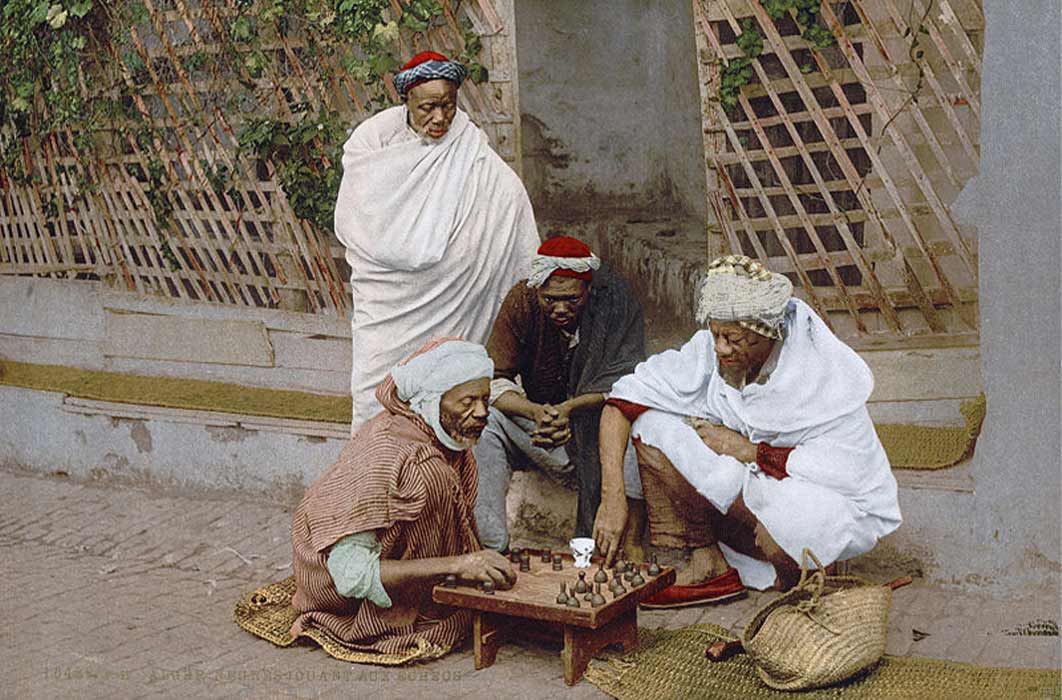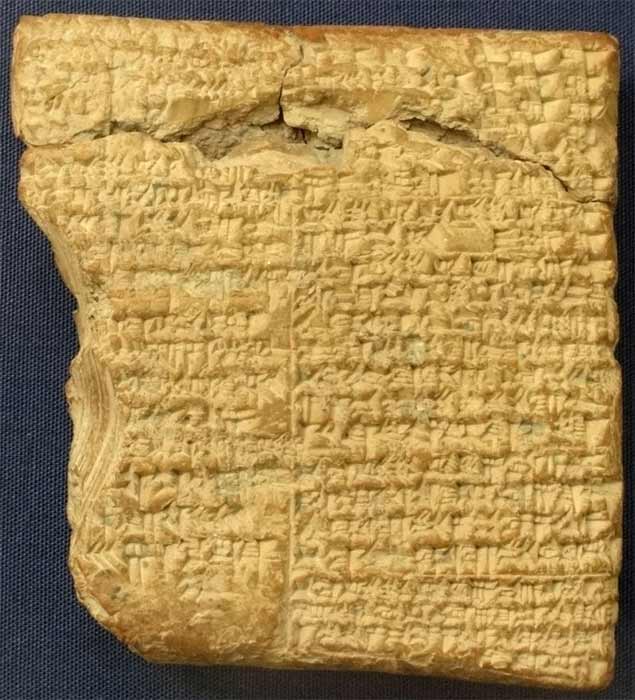
Ancient Board Games Simulating War Strategies And Predicting Afterlife
Board games provide humanity with entertainment, distraction and exercise for the mind whether they are played on the ground, on the floor or on wooden boards. They have formed such a large part of people’s childhood and an entertaining part of adulthood that it is hard to believe that humanity have ever had to make do without them. Luckily, board games have been a part of humanity for a very long time as they were played and developed in most cultures and societies throughout history.

Tomb of Nefertari (Jl FilpoC/ CC BY-SA 4.0)
One of the oldest board games known to have existed, the ancient Egyptian board game Senet, was pictured in a fresco found in Merknera's tomb (3300–2700 BC). The familiar game of chess can be traced back to the Indian game of Chaturanga, described in texts from the seventh century AD as a game simulating a battle between the four arms of the Indian army, which were all deployed in battle as decided by the commanders according to factors such as the weather, terrain and the composition of forces.
In Europe, the oldest records of board games date back to Homer’s Iliad (c. eight century BC) in which he mentions the Ancient Greek game of Petteia, an attrition warfare game. In Plato's Republic (c. 375 BC), Socrates' opponents are compared to “incompetent Petteia players, who are finally cornered and made unable to move.” Petteia would later evolve into the ancient Roman two-player game of military tactic Ludus Latrunculorum. The ancient Norse game of Hnefatafl, played on a chequered gameboard with two armies, was developed sometime before 400 AD and appeared in such far-flung locations as Scotland, Norway and Iceland.

Royal game of Ur at the British Museum (Zzztriple2000/ CC BY-SA 3.0)
Royal Game Of Ur: Game Of Spirits
The rediscovery of the game which became known as The Royal Game of Ur dates to British archaeologist Sir Leonard Woolley’s excavation of the Royal Cemetery in the ancient Mesopotamian city of Ur between 1922 and 1934. Five boards were unearthed, the most impressive of which featured shell plaque squares encircled by strips of lapis lazuli and decorated with intricate floral and geometric designs.
- Deciphering the Patterns of the Royal Game of Ur Board
- Enigmatic Evolution of Ancient Egypt’s ‘Game of Death’
- Fun for Everyone: The Evolving History of Board Games
The Royal Game of Ur is a two-player strategy race board game first played in ancient Mesopotamia during the early third millennium BC. The game was apparently so popular that boards for playing it have been found at locations as far away from Mesopotamia as Crete, Lebanon and Sri Lanka. A graffiti version of the game carved with a sharp object was discovered on one of the winged bull gate sentinels from the palace of Sargon II (721–705 BC) in the city of Dur-Sharrukin, (present day Khorsabad, Iran). Four gameboards bearing a very close resemblance to the Royal Game of Ur were also found in the tomb of Tutankhamun of Egypt.





